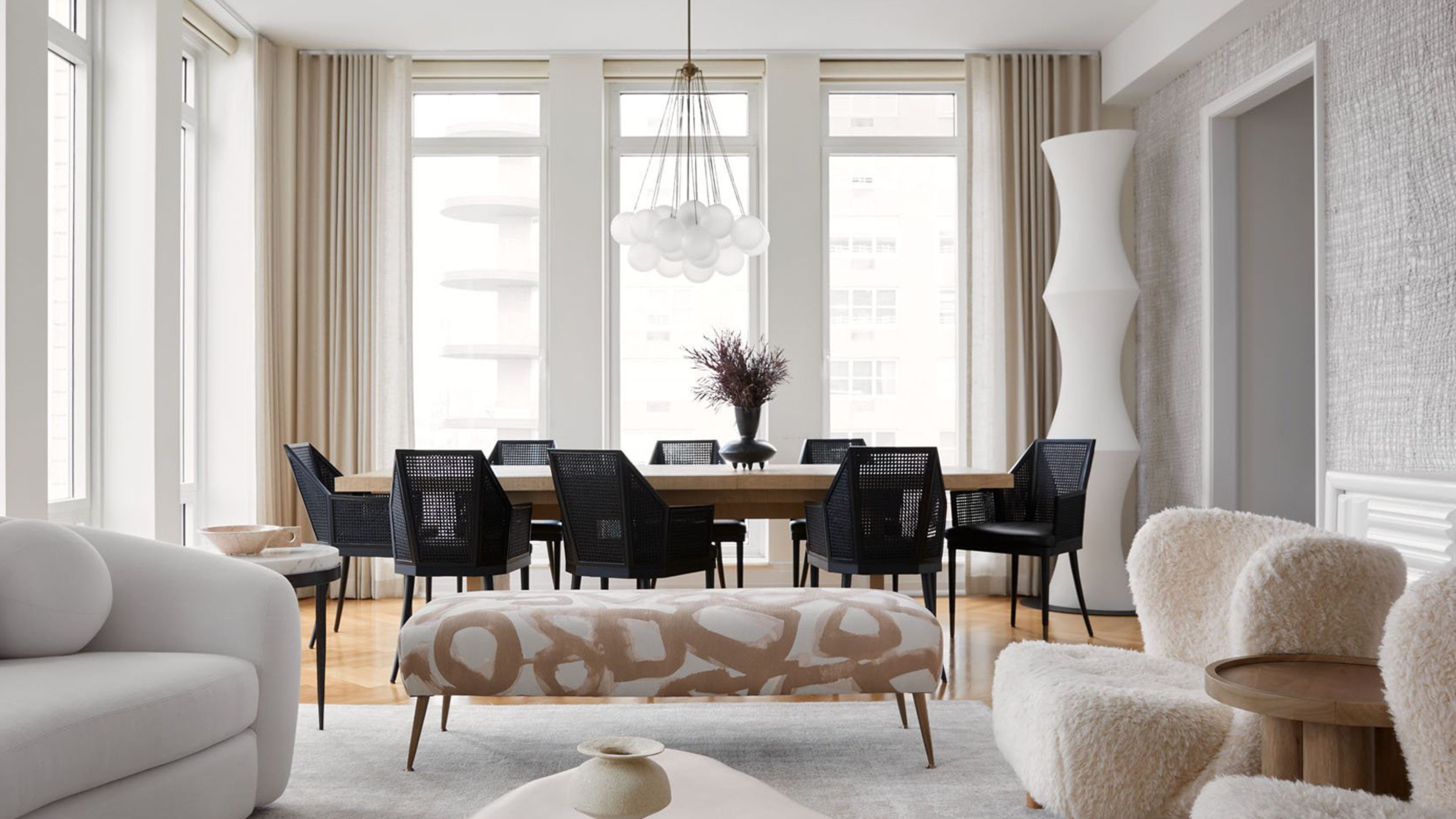
Certain dining room lighting mistakes can leave a space that is supposed to foster a sense of sociability and warmth feeling cold and sterile instead — and in some cases, it can actually even make the food you place on the table appear less appetizing.
"Lighting plays a crucial role in the dining room, but it's easy to overlook how much impact it has on the overall ambiance and functionality of the space," explains Derek Richardson, CEO and founder at Deako, a smart lighting company.
When it comes to dining room lighting ideas, you want to ensure it's a space that feels welcoming any time of the day, whether you're working from it, settling down for a casual family meal, or hosting a sophisticated dinner party for friends. These are the dining room lighting mistakes experts warn you avoid.
1. Relying on a single overhead light source

The king of all lighting mistakes has to be this — using a single, overhead light source. In any room of the home, one singular light is never going to produce enough of a glow that is in any way going to do justice to the room.
"Dining rooms benefit from more than just a central overhead fixture," agrees Cheryl Clendenon, designer at In Detail Interiors. "Incorporating layers of light — such as wall sconces, buffet lamps, or recessed lighting — provides flexibility and warmth," she adds. "These layers help create a dynamic environment that can shift from bright and lively during meals, to soft and cozy for evening entertaining."
You should aim for a minimum of three types of light: ambient, for general background lighting; task, to make it easier to see what you are doing — such as lamps for reading; and accent, for highlighting architectural or decorative details.
"It’s so important to strike the right balance in the amount of light available in a dining room, and one of the best ways to do that is through layering lighting at varying eye levels," adds Anna Tatsioni, lead interior designer at Decorilla. "I find wall candelabras are super effective for softly distributing light around larger dining spaces.”
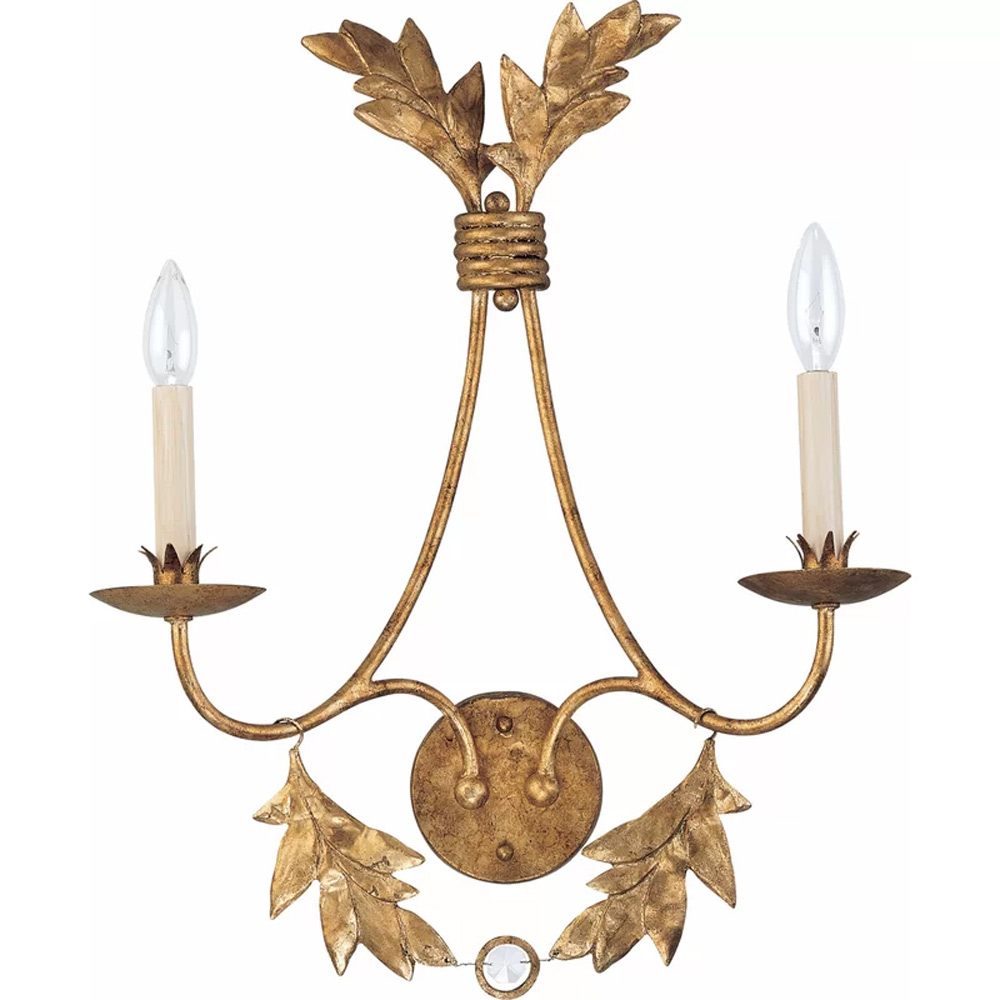
Price: $268, Was: $397.50
Inject a little drama into your dining room lighting scheme with this traditional-style wall fitting. It will distribute light around your space without any harshness.
2. Hanging lights too high (or low) over the dining table
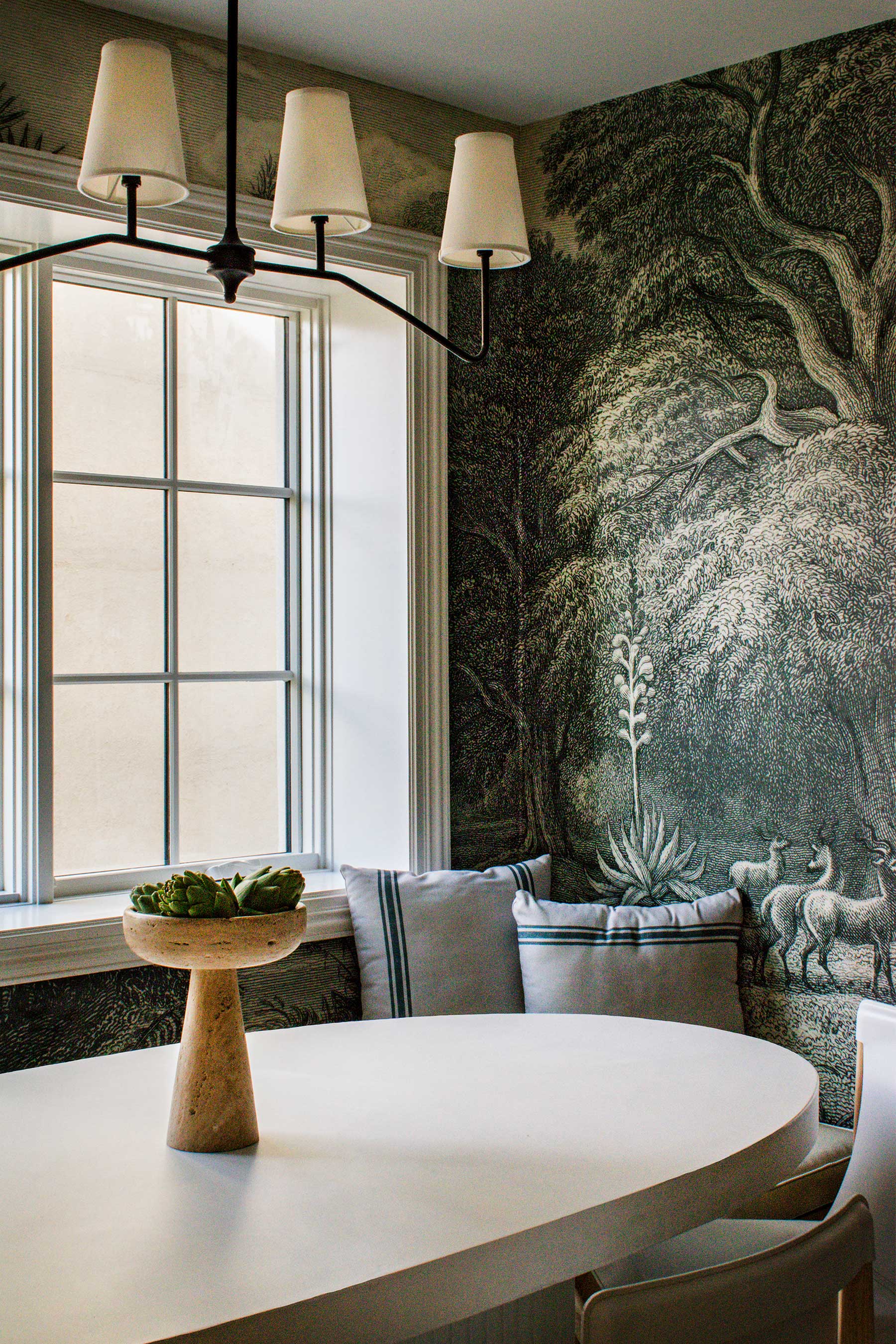
If there is one room where the height at which you hang lights really matters, it has to be the dining room. This is due to the fact that the space tends to be dominated by the dining table — get the light height over the dining table wrong, and the entire dining experience could be ruined.
"The most common dining room lighting mistake is improper chandelier placement," explains interior designer Chloe Wang of Mastuvu Design. "Hanging a chandelier too high or too low above the dining table can throw off the room’s proportions and function."
Chloe recommends you position chandeliers 30–36 inches above the table for standard ceilings (8–10 feet), and for higher ceilings, add an additional 3 inches for every extra foot of height.
"A well-placed dining room fixture should sit 30-36 inches above the tabletop for standard ceilings, allowing for effective task lighting and visual comfort while still fostering intimacy," adds Cheryl Clendenon. "Fixtures hung too high can leave the space feeling disconnected and stark, while those hung too low might interfere with sightlines and conversations."
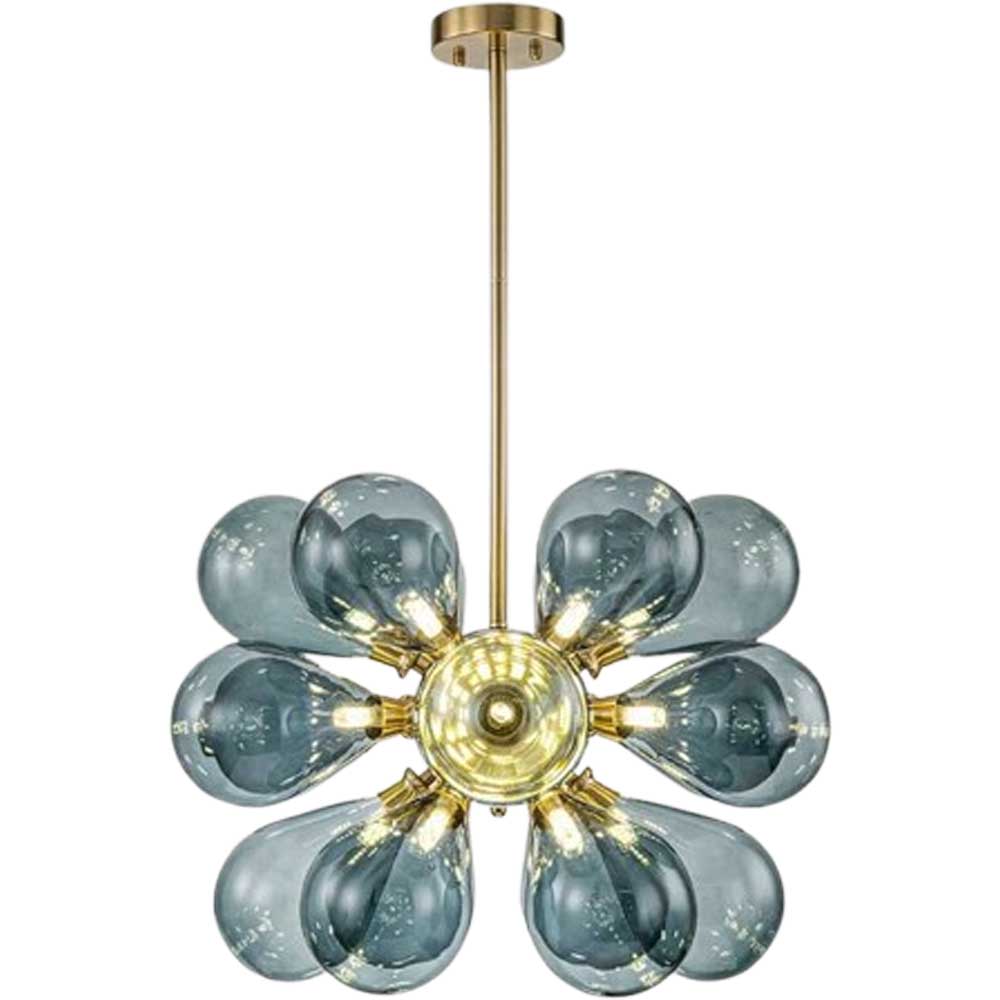
Price: $354.99
Managing to add a little fun and style all at once, we love the blue color of this striking bubble sputnik sphere chandelier which will throw out a beautiful general light.
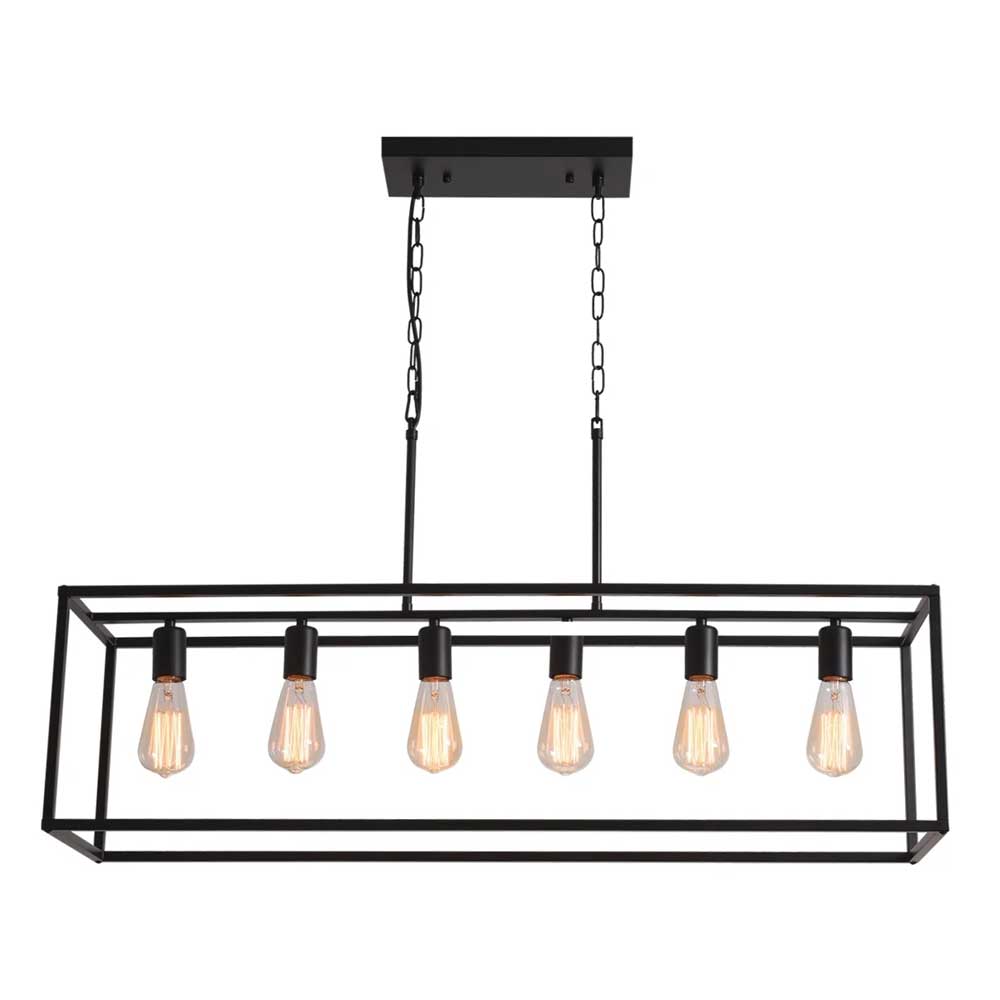
Price: $99.99
If you want a statement light that will sit really well over a rectangular dining table then this could be the one for you. The chain is adjustable to allow you to play with the height.
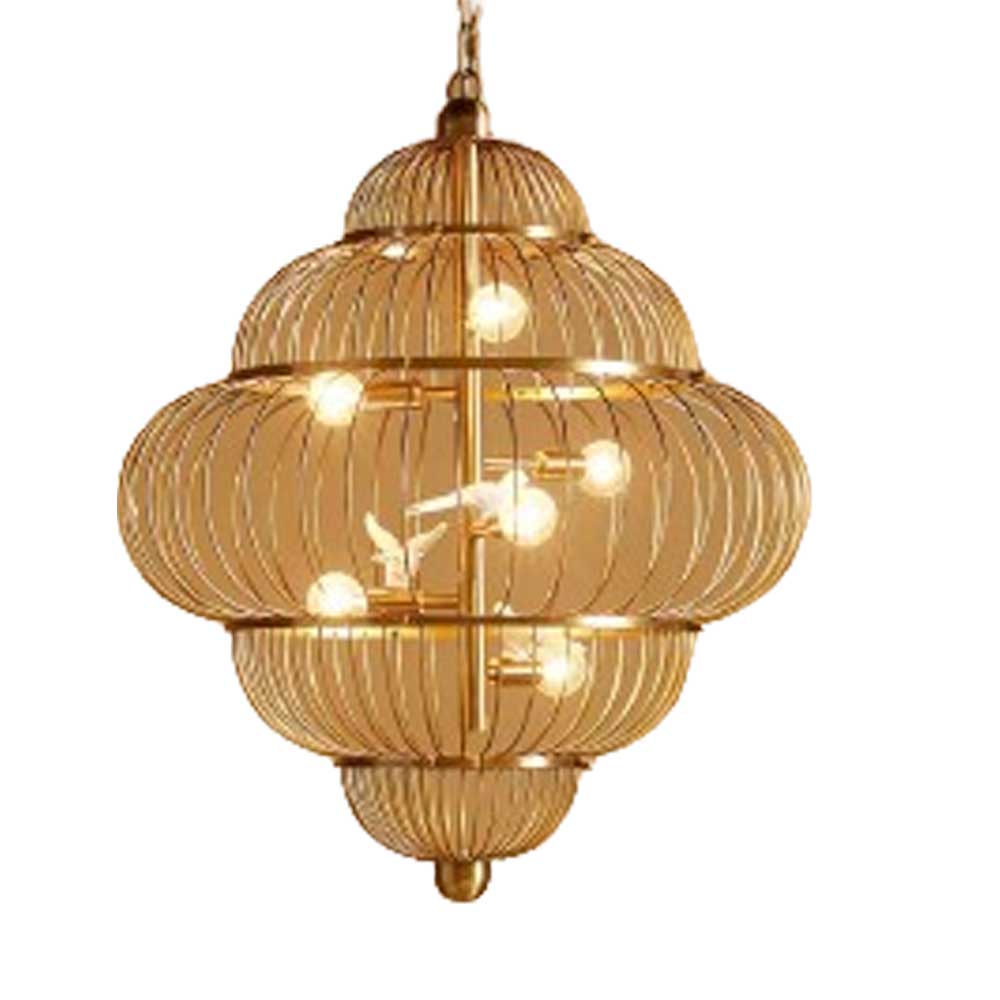
Price: $768
If it is a talking point you're after then this whimsical birdcage-inspired light is just the thing. It features a bird inside, perched on the bulbs, and will add tonnes of character to your room.
3. Using overly bright and harsh lighting
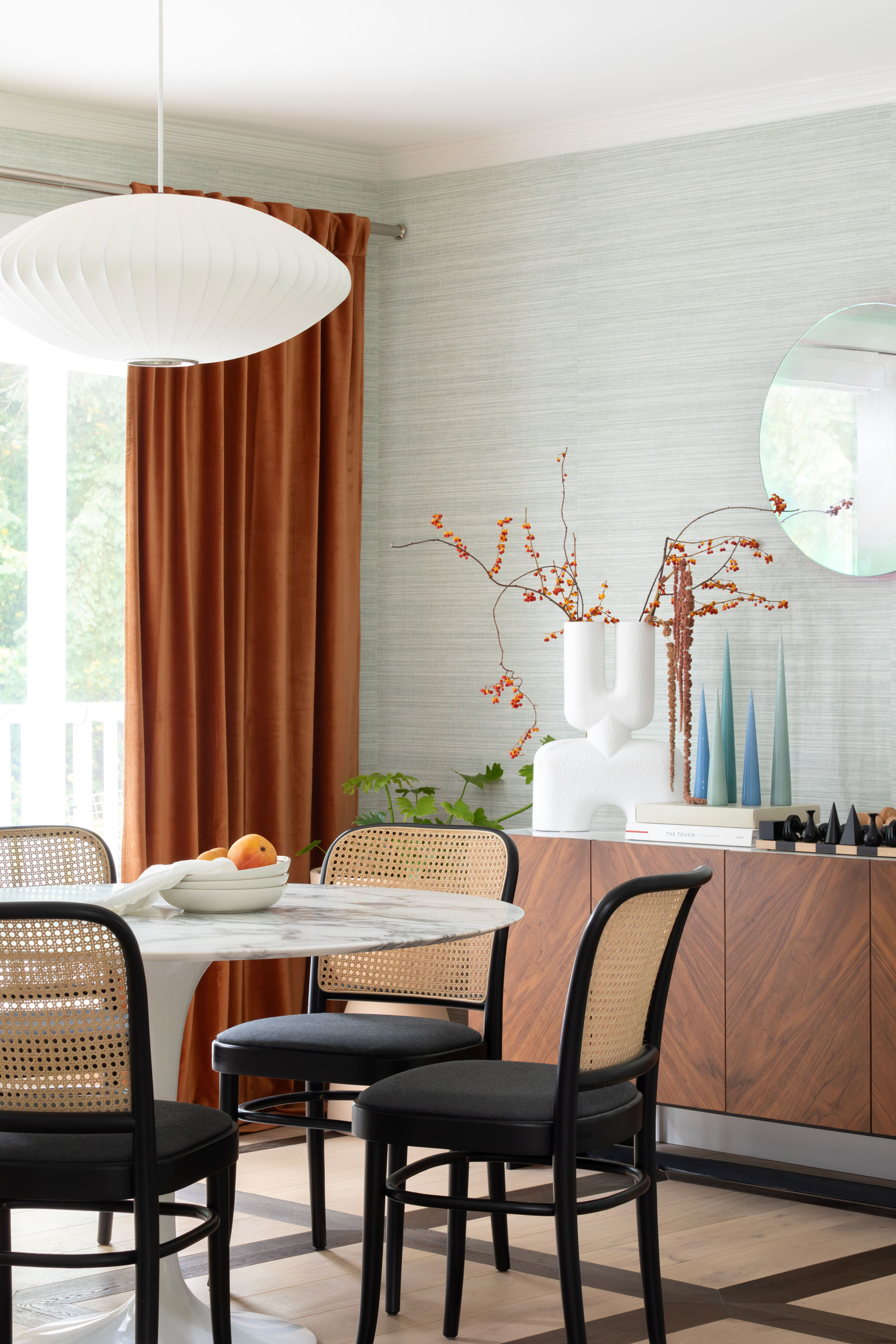
Getting the ambience right in the dining room is also incredibly important. Sometimes this space will need to feel energizing and happy, for example when hosting a celebratory brunch or children's tea. Other times, a more intimate, sultry vibe might be the order of the day, for example if you are planning an at-home date night or chic gathering for friends. What this means is that your lighting needs to be able to adapt accordingly.
"One of the most common mistakes people make is having lighting that’s either too bright or too dim," says Derek Richardson. "Dining rooms should offer versatility — a bright, welcoming light for a family dinner or a softer, intimate glow for a gathering with friends. Without the ability to adjust, you’re stuck with a one-size-fits-all approach that rarely suits every occasion."
Anna Tatsioni agrees. "Overly bright or dull lighting is never going to work in a dining room. Harsh lighting is overwhelming, and lighting that’s too weak will make people fall asleep around the dinner table!"
The good news is that if you've just discovered that you've fallen for this common faux pas, the fix is relatively easy — just add dimmers, says Chloe Wang, adding "Pair this with softer accent lights or candles for a lovely ambiance during meals."
4. Choosing lights that are out of proportion to the table
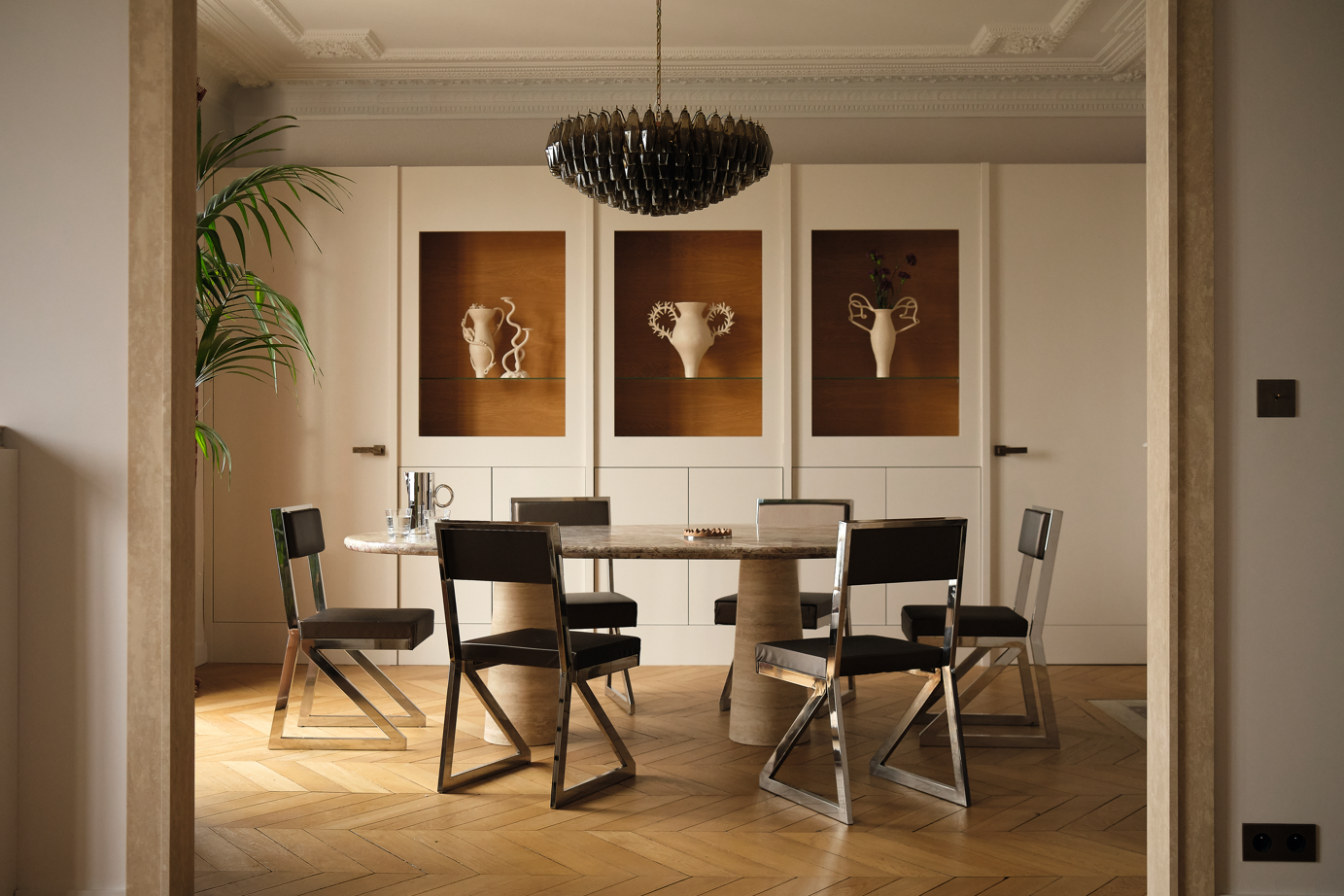
Most dining room ideas are very much focused around the table, where most of your time is likely to be spent, so it is really important to choose your light fittings with its size and shape in mind.
"A light fixture that's too small or large for the table skews the balance of the room," explains Chloe Wang. "Choose a light fixture that is 1/2 to 2/3 the width of your dining table. A rectangular fixture works best for long tables, while circular pendants suit round tables."
"A chandelier or pendant that is too small or too large for the table creates visual imbalance — too small and it looks lost; too large, and it overwhelms the space," adds Cheryl Clendenon.
When it comes to small dining room ideas, Anna recommends steering clear of hanging huge chandeliers in spaces with lower ceilings because it will drag everyone's eyes down and make the space feel more intimidating.
"Instead, I’d opt for more delicate fixtures that match the interior style I’m going for in that room," she adds. "My recommendation is to be very careful about overpowering the space when selecting hanging lights.”
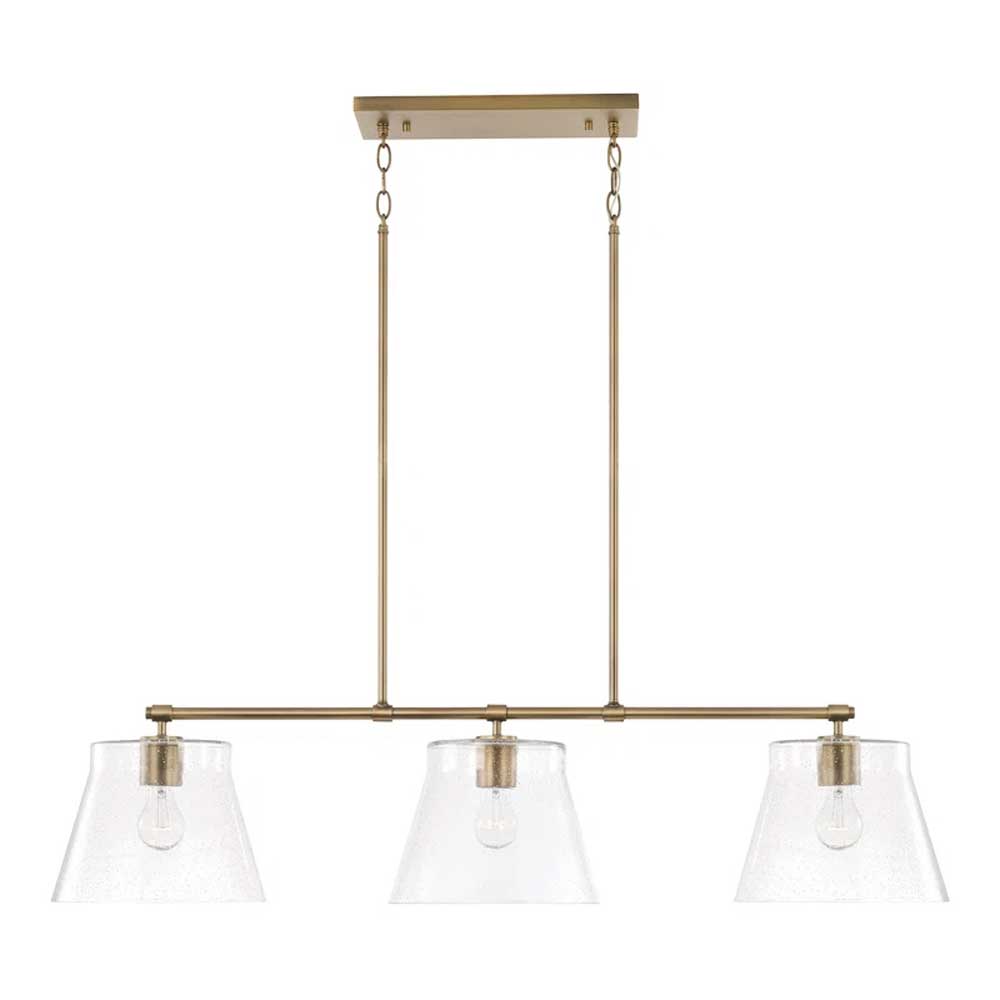
Price: $370, Was: $477
While this might be billed as a kitchen island pendant, it would actually look great suspended over a dining table and is perfect for those with lower ceilings who want something elegant yet unobtrusive.
5. Using cold color temperatures in a room meant to feel cozy
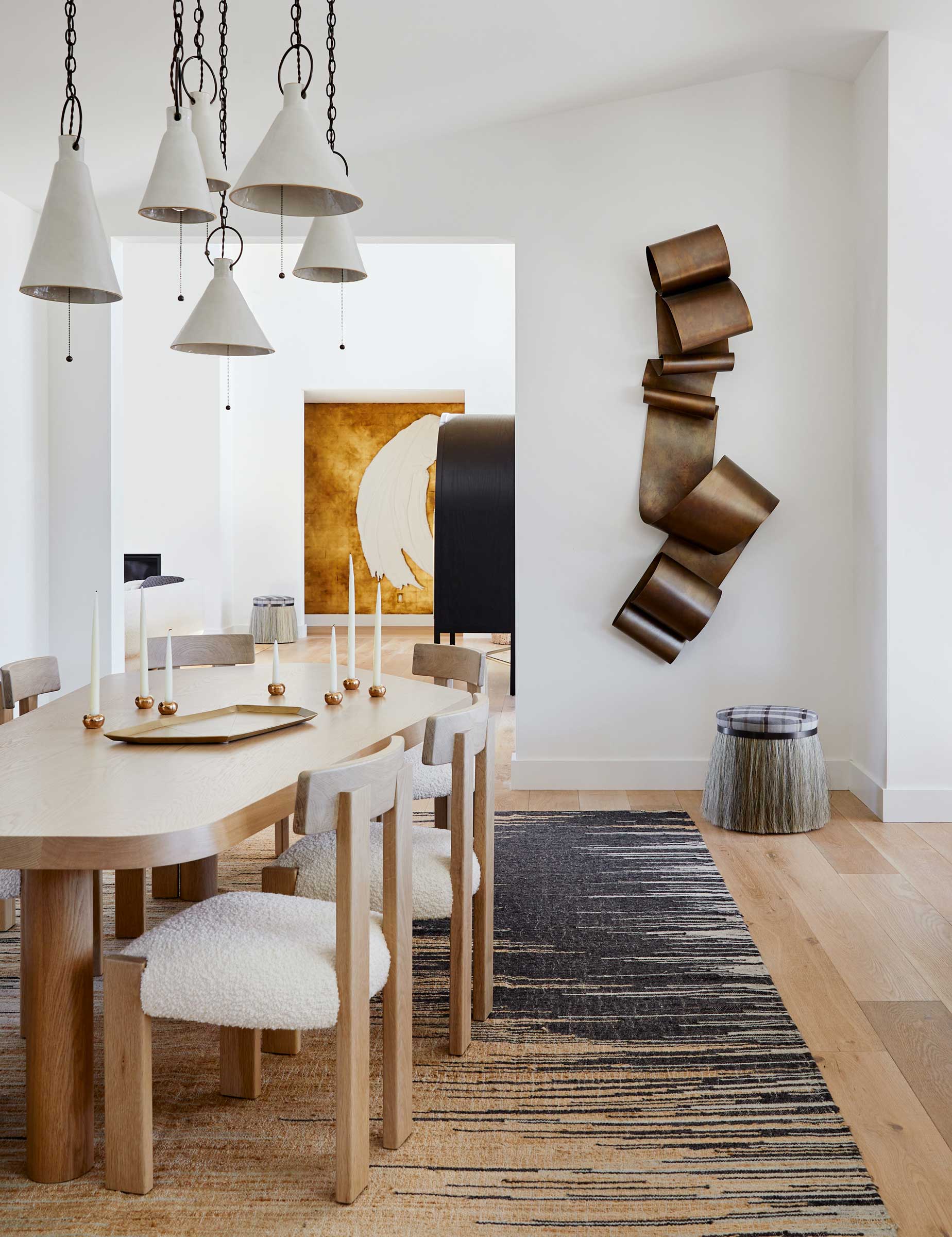
Understanding cool light vs warm light and getting the color temperature of your lights is important in every room, but when it comes to the dining room, it really can make or break how enjoyable mealtimes will be. Light color temperature is measured in Kelvins (K) and tends to fall into three categories: cool, neutral, and warm.
"Dining rooms feel most inviting when lit with warm, soft light, typically around 2700K-3000K," advises Cheryl Clendenon. "Cooler tones can make the space feel harsh and uninviting, while overly dim or yellow light may leave the room looking drab."
It is also worth noting that color temperatures between 3000K and 3500K can help food look more vibrant and appetizing.
6. Bad planning when it comes to kitchen diners
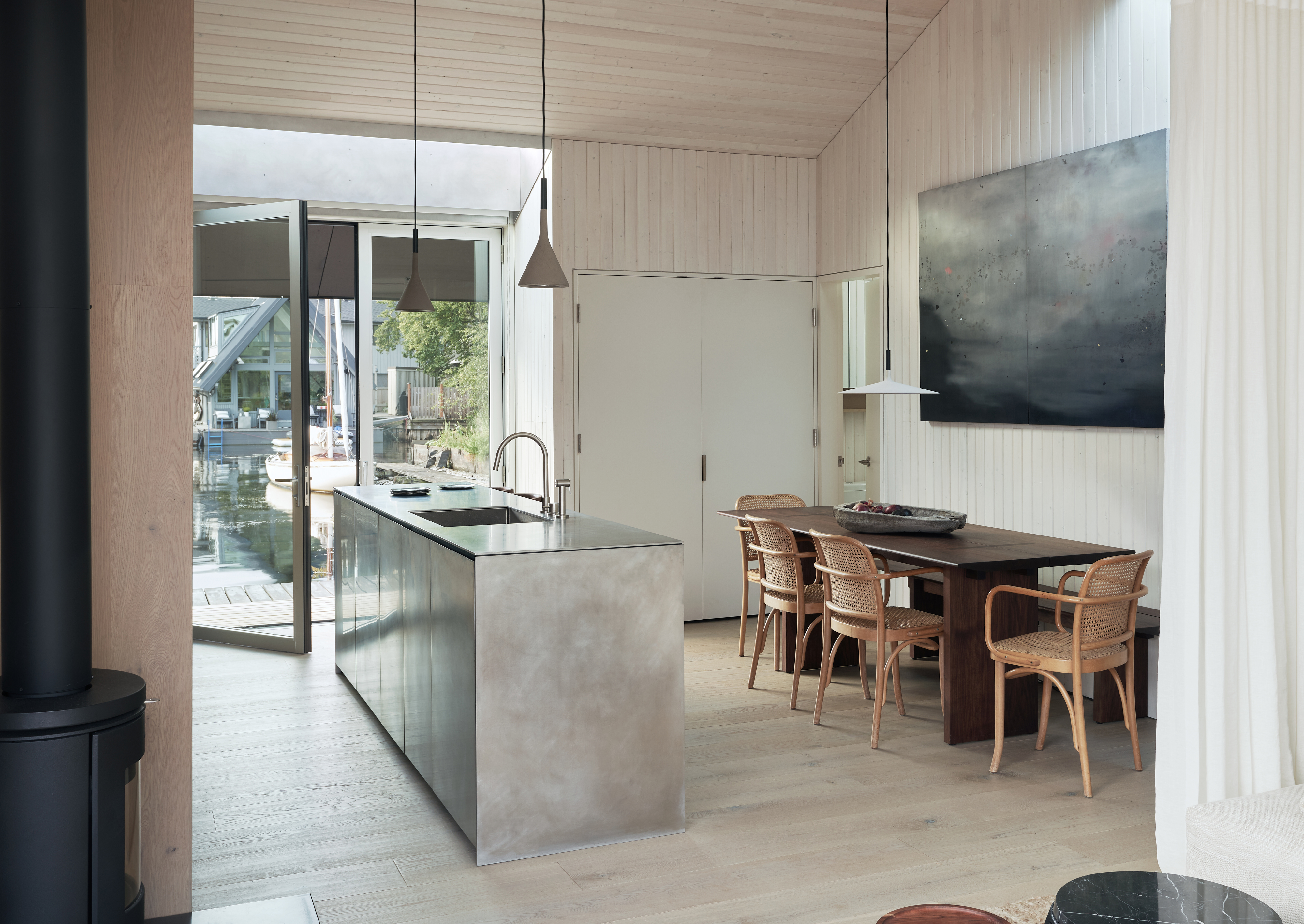
If you don't have an open plan kitchen/dining area and are looking for ways to light the eating space as part of your kitchen diner ideas, things can be even harder to get right.
"An issue we often see is the struggle to balance task lighting in open-plan layouts," explains Derek Richardson. "For instance, the light you need in the kitchen when preparing meals often competes with the ambiance you’re trying to set in the dining room. This happens in smaller spaces where lighting solutions aren’t tailored to accommodate both tasks and mood. A well thought out lighting design ensures the dining area feels inviting while maintaining functionality in nearby spaces.
"Smart dimmers (like Deako’s — available on Amazon) offer an elegant solution to these challenges," continues Derek. "They give you the flexibility to control brightness levels with ease, without even leaving the table. You can even use voice control when your hands are full in the kitchen and enable smart tech to alter the ambiance. Whether you’re dimming the lights for a dinner party or brightening the room for a family game night, the ability to adjust lighting on demand is a simple yet powerful way to elevate the dining experience."
7. Being too conservative with your light fittings
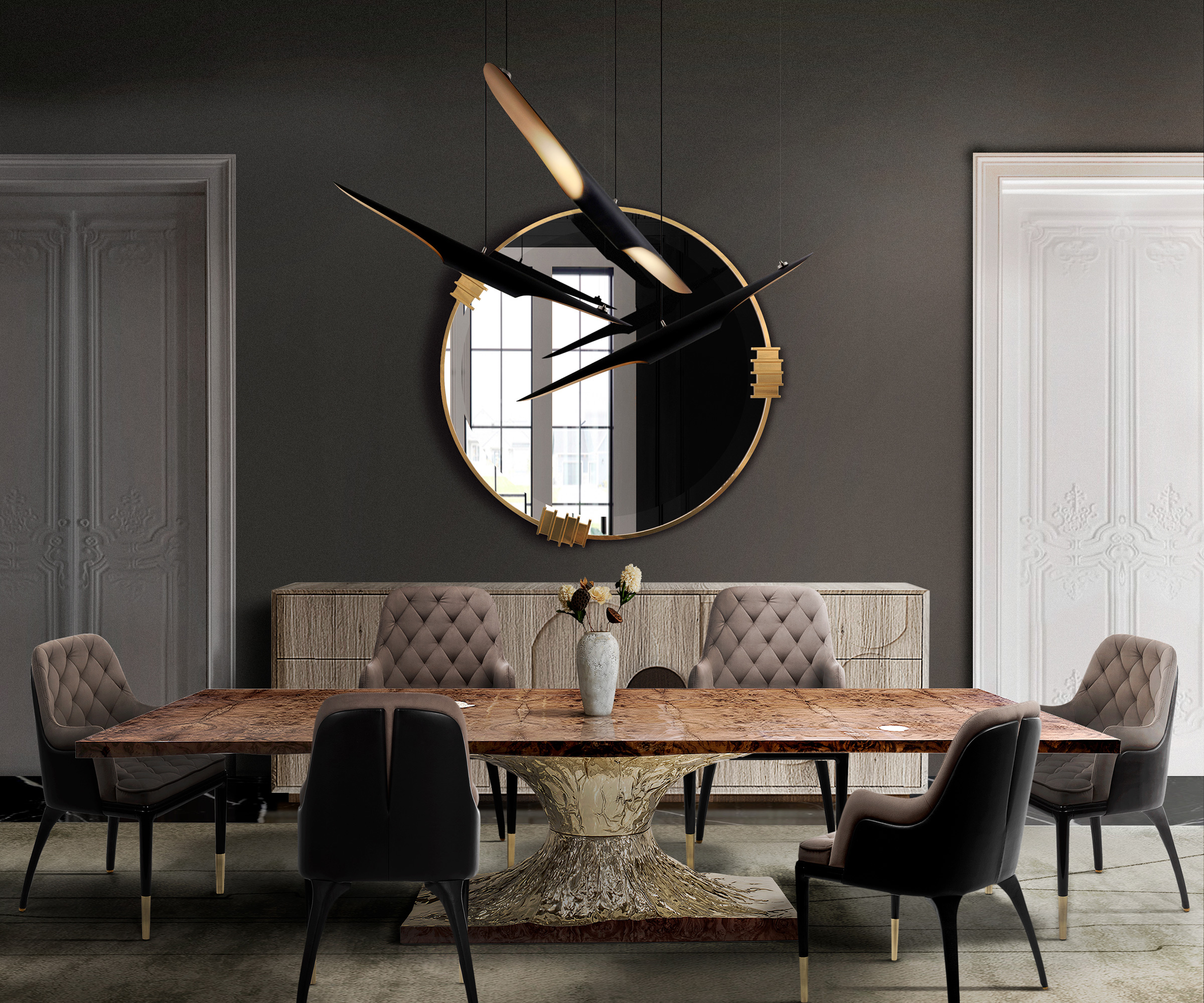
It is all well and good planning your layers and the positioning of your lights, but don't forget that your lighting choices can also help inject a sense of personal style and individuality to the room — so take time to keep abreast of lighting trends.
"Don't be afraid to try something a bit more exciting or decadent in the dining room, as this is a feature room of the house, used for entertaining," urges Sarah Speck, director of product strategy and designer partnerships at Hudson Valley Lighting. "Pick out something that reflects your design style but is also a bit of a statement and conversation piece. If you are looking for something for energy efficiency and longevity, consider a fixture that is lamped using integrated LED. These pieces use less energy and have a typical lifetime of 10+ years, depending on usage. Also, there are many inviting integrated LED options now available on the market. In the past, there were limited options, and many felt cold, stark and sterile. Today, there are gorgeous options.
"Statement pieces and maximalism seems to be having a resurgence," she continues. "During and post Covid, there was a retreat into 'quieter' design styles (neutrals, understated, warm and earthy). Now we are seeing that swing back, with consumers embracing rooms with more color, pattern, print — 'wow' lighting complements this design style."
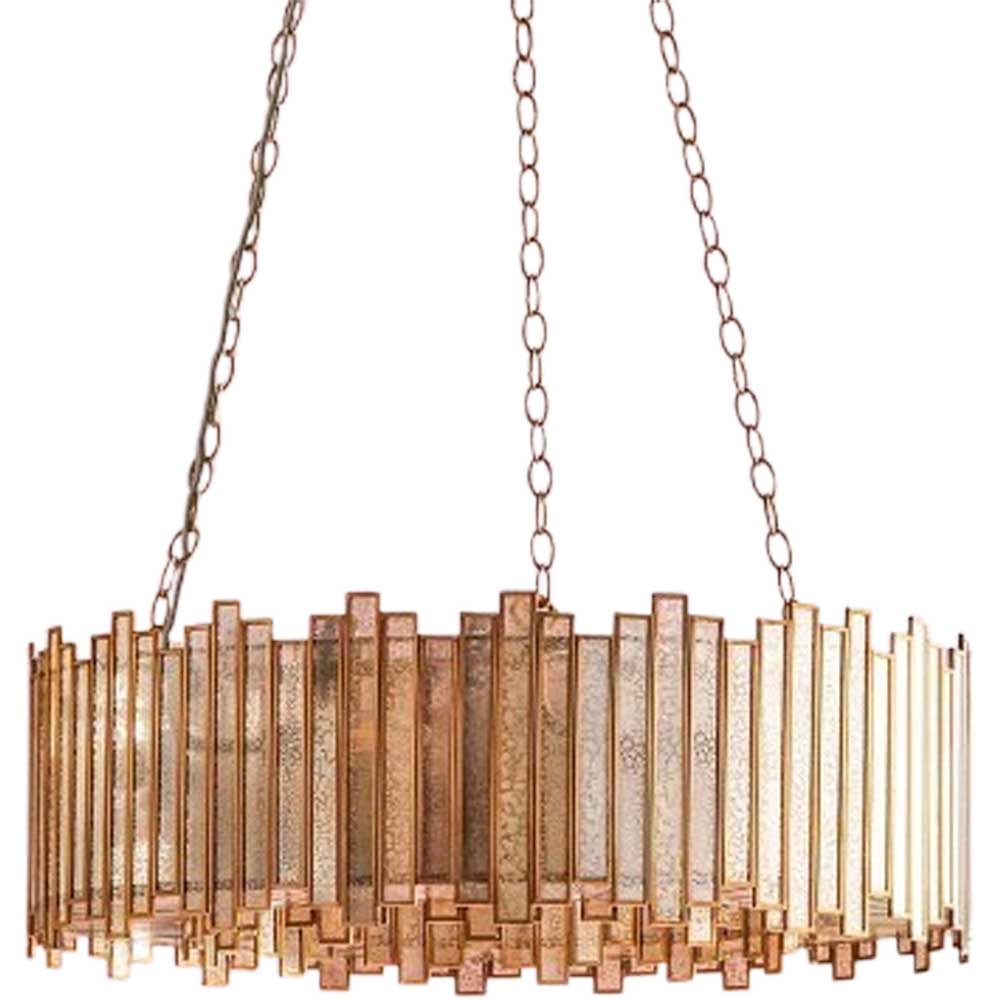
Price: $650
This show-stopper of a chandelier is made up of rings of vertical rectangular brass and glass panels with a mercerized finish that emits a lovely warm glow when lit.
FAQs
How do you choose the right size light over a dining table?
If you are still a little unsure how to choose a light (or lights) to sit over your dining table that will look just right with its size and shape, Sarah Speck says "A rule of thumb is that the size of the fixture should be 1/3 to 1/2 the overall width of the table for a round or square table and 1/2 to 3/4 the length of a rectangular table. For example, using the round/square table formula, if you have a 60" round table, a 20-30" diameter fixture would be appropriate. I like to err on the side of slightly larger vs. slightly smaller, so I would recommend sticking to 30" or perhaps up to 36" diameter."
If you love rectangular dining table trends, Sarah says "Using the rectangular table formula, it is also important to leave 12 to 18 inches of space between the chandelier’s and the table’s edge to allow people to safely congregate around the table and ensure proper light distribution."
While the lights in your dining room are so important to get right, make sure you don't neglect your kitchen lighting design, too — it has to work really hard in this multitasking space, especially if you're working with an open-plan space.







